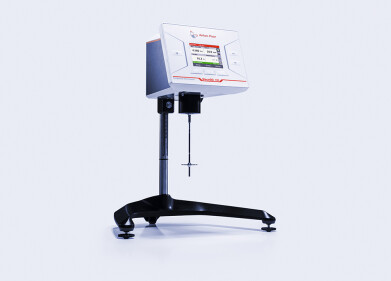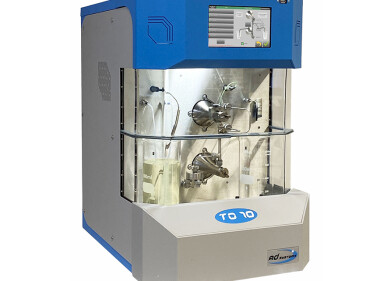Analytical instrumentation
How to truly determine the water content to 1 ppm in petroleum products
May 19 2020
Historically, a number of problems have been identified when titrating oil and fuel samples using direct injection coupled with the coulometric Karl Fischer method.
Additives used in lubricating oils, fuels and mercaptans present in crude oil cause side reactions when the sample is injected directly into the Karl Fischer solvent.
In most cases, an external head space oven in used. The sample is heated in a seal vial and the water is extracted to overcome these problems. Water is transferred via a dry carrier gas such as nitrogen into the titration vessel where the water is titrated without the interaction of additives or mercaptans.
Although this technique overcomes the problems with side effect reaction, it does introduce additional problems. A blank value is required to determine the water content of the empty vial which can vary between 30 to 100 or more micrograms depending on the conditions throughout the day. Due to these variations, regularly blank checks are required otherwise true ppm accuracy is not obtained.
Analysing samples such as insulating oils which have trace water contents of 10ppm are difficult, if not impossible when the blanks values are much higher.
Another problem associated with an external carrier gas, is the fact the system is regarded as an “open” which may result in methanol in the Karl Fischer reagent evaporating quickly leading to immediate instability and replacement of reagent.
Elektrochemie Halle Germany address the above issues with the unique “closed loop” oil evaporator.
Andy Woodward of team Aquamax KF states the Aquamax KF Pro Oil is the leading technology in the Karl Fischer Titration industry fully conforming to ASTM D6304.
The oven is connected directly to the titration vessel via a pump and tubing which circulate ambient air in “closed loop”. We titrate the ambient air to an end point meaning, we now have a closed loop dry carrier gas without the need for nitrogen or an external gas supply.
The sample is injected directly into the oven using a syringe, removing the requirement of the blank valve. Also, the “closed loop” prevents the evaporation of methanol meaning pro oil maximises the reagent water capacity, allowing 1000+ measurements without changing the reagent. The instrument also has a patented temperature ramp program which clearly identifies free and dissolved water i.e. total water content.
A UK test laboratory found when testing crude oil via a traditional direct injection Karl Fischer titrator, it gave a result of greater than 4% water however, when testing with the Aquamax KF Pro Oil gas extraction technique, the actual result was only 0.9%. This proved that the traditional direct injection method was reacting with mercaptans and possible other species present in the sample. Gas extraction eliminates all side possible reactions without a blank value meaning, Aquamax KF pro gives you true ppm water content in your petroleum products.
The Aquamax KF Pro Oil “closed loop gas extraction” principle offers radically improved accuracy ensuring perfect ppm water determinations.
This together with the Aqua 40.00 Vario headspace technique for viscous samples like greases, we eliminate all possible side reactions and maximise Karl Fischer reagent water capacity. Aquamax KF and Aqua 40.00 titrators are widely used for fuels, lubricating oils, crude oils and used for both quality control analysis, used oil analysis and research and development.
Digital Edition
PIN 25.5 Oct/Nov 2024
November 2024
Analytical Instrumentation - Picturing Viscosity – How Can a Viscometer or a Rheometer Benefit You? - Sustainable Grease Formulations: Evaluating Key Performance Parameters and Testing Method...
View all digital editions
Events
Jan 20 2025 San Diego, CA, USA
Jan 22 2025 Tokyo, Japan
Jan 25 2025 San Diego, CA, USA
SPE Hydraulic Fracturing Technology Conference and Exhibition
Feb 04 2025 The Woodlands, TX, USA
Feb 05 2025 Guangzhou, China

.jpg)
.jpg)


















